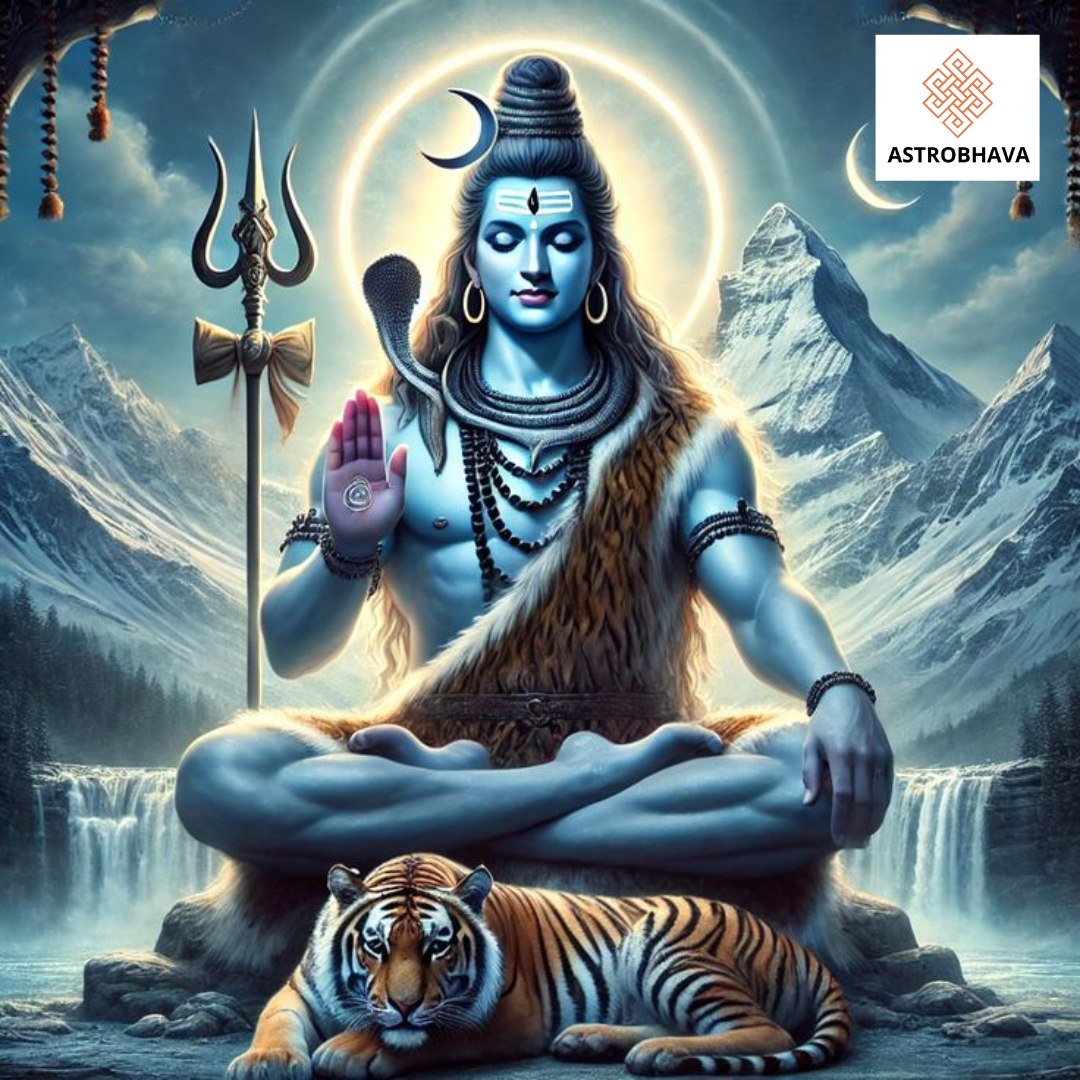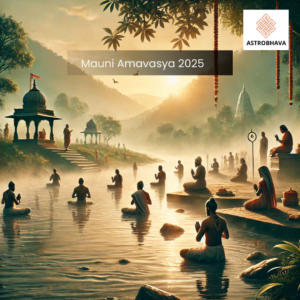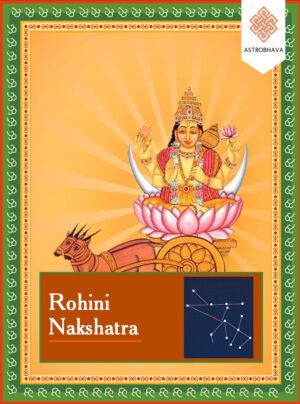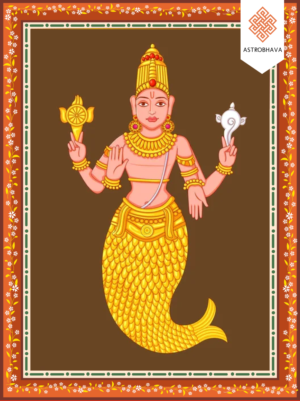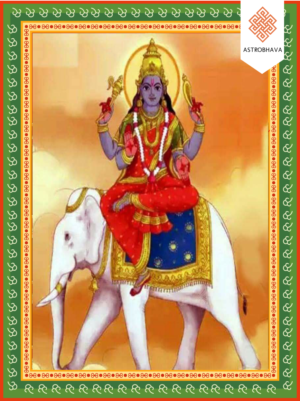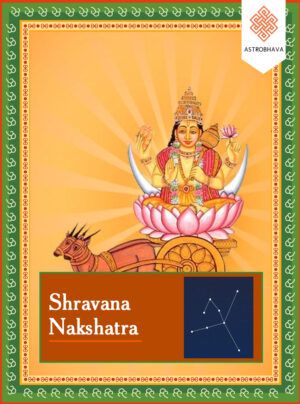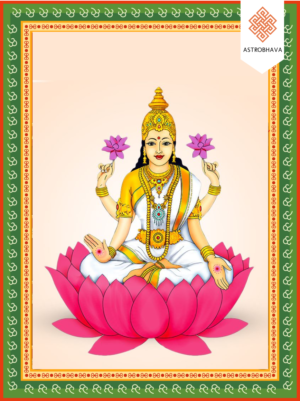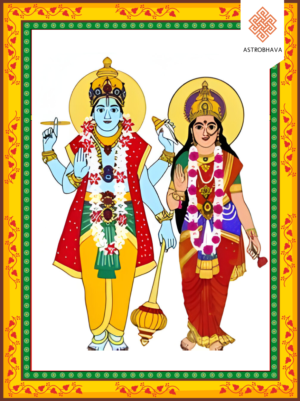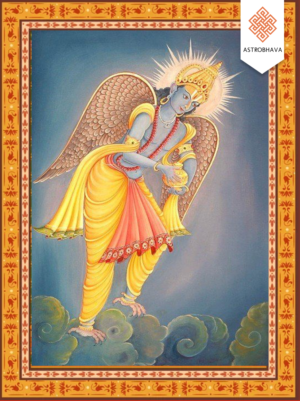Maha Shivratri 2025: Date, Time, Rituals, and Significance
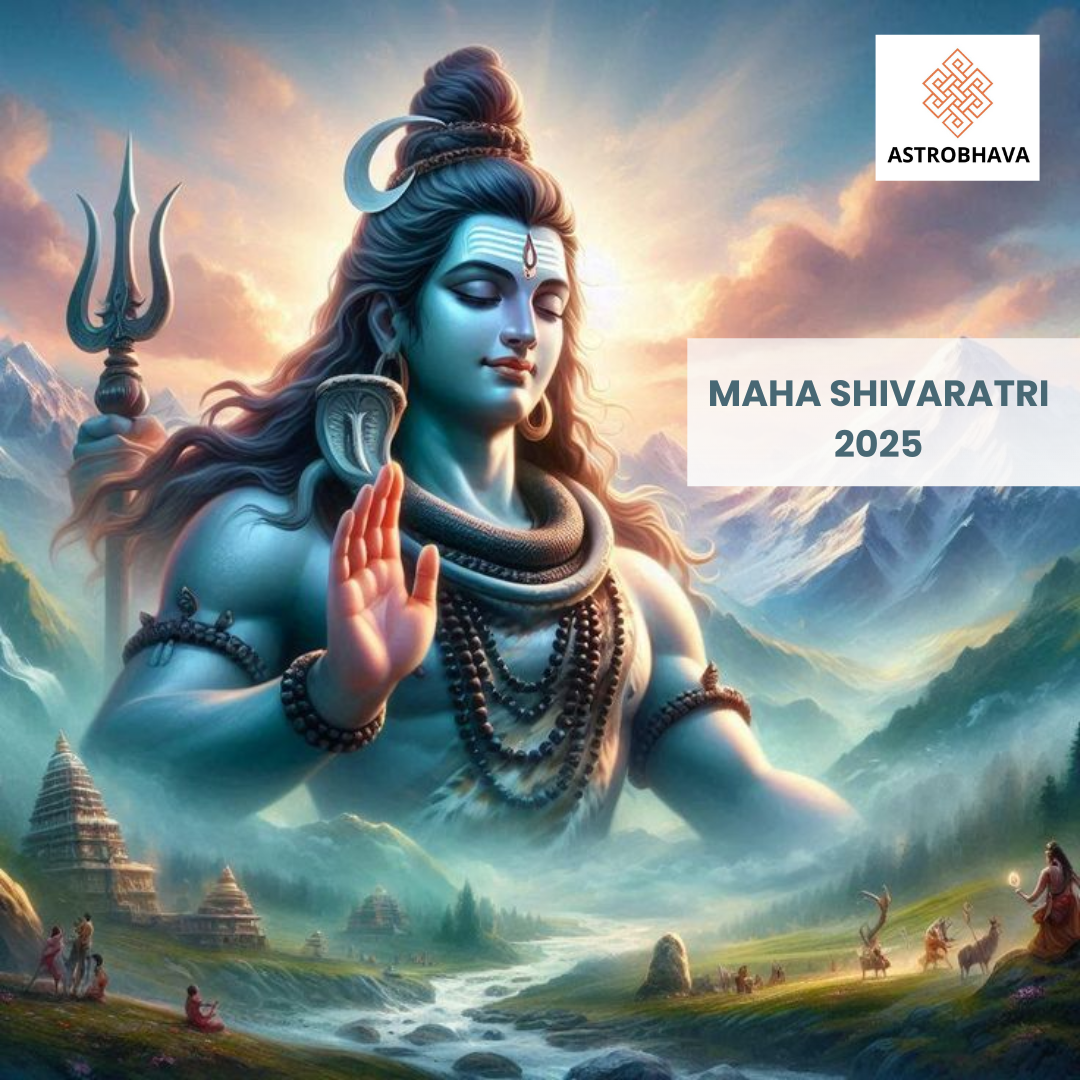
Maha Shivratri 2025 is not just another festival—it is a profound spiritual event that captures the hearts of millions around the world. Devotees eagerly await this sacred night as it marks a unique opportunity for inner transformation, reflection, and the celebration of Lord Shiva’s eternal energy. In this comprehensive guide, we will explore every aspect of Maha Shivratri 2025, including its date, time, rituals, and significance. We will also delve into topics such as the meaning of Mahashivratri, when is Maha Shivratri 2025, Mahashivratri 2025 date and time, the significance of Maha Shivaratri, rituals to perform during Maha Shivaratri, Maha Shivratri Vratham, and fasting rules for Maha Shivaratri.
Understanding the Meaning of Mahashivratri
The meaning of Mahashivratri is deeply rooted in ancient Hindu mythology and spiritual symbolism. The festival commemorates the night when Lord Shiva, the supreme ascetic and destroyer of evil, performed the cosmic dance of creation, preservation, and destruction—known as the Tandava. This powerful performance symbolizes the eternal cycle of life, death, and rebirth.
By celebrating Maha Shivratri 2025, devotees connect with Lord Shiva’s energy, seeking to emulate his qualities of fearlessness, compassion, and wisdom. The festival is not only a tribute to the divine but also a call to purify the mind, body, and soul through fasting, meditation, and prayer.
When is Maha Shivratri 2025?
For many, the burning question is: when is Maha Shivratri 2025? According to traditional lunar calculations, Maha Shivratri 2025 will fall on Wednesday, February 26, 2025. The festival’s precise Mahashivratri 2025 date and time is determined by expert astrologers and priests who ensure that the celestial alignment is perfect for performing sacred rituals.
Mahashivratri 2025 Date and Time Details
- Date of Observance:
Wednesday, February 26, 2025 - Nishita Kaal Puja Time:
February 27, 2025, from 12:09 AM to 12:59 AM
(Duration: 50 minutes) - Shivaratri Parana Time:
February 27, 2025, from 06:48 AM to 08:54 AM - Ratri Puja Timings on February 26-27, 2025:
- Ratri First Prahar Puja Time:
February 26, 2025, from 06:19 PM to 09:26 PM - Ratri Second Prahar Puja Time:
February 26, 2025, from 09:26 PM to 12:34 AM (continuing into Feb 27) - Ratri Third Prahar Puja Time:
February 27, 2025, from 12:34 AM to 03:41 AM - Ratri Fourth Prahar Puja Time:
February 27, 2025, from 03:41 AM to 06:48 AM
- Ratri First Prahar Puja Time:
- Chaturdashi Tithi Timings:
- Chaturdashi Tithi Begins:
February 26, 2025, at 11:08 AM - Chaturdashi Tithi Ends:
February 27, 2025, at 08:54 AM
- Chaturdashi Tithi Begins:
This specific timing is critical because it is believed that the spiritual energy on this night is extraordinarily potent. As a result, many devotees stay awake all night, engaging in continuous worship and reflection, which enhances the transformative experience of the festival.
“For happy married life- Book Swayamvara Kala Parvathi Homa“
Significance of Maha Shivratri 2025
Maha Shivratri 2025 is a festival imbued with deep spiritual symbolism and cultural resonance. Its significance stretches far beyond ritualistic observance—it offers an opportunity for inner transformation, purification, and a reconnection with the eternal cosmic principles embodied by Lord Shiva. Here’s an in-depth look at the various dimensions of its significance:
1. Spiritual Renewal and Purification
- Inner Cleansing:
On Maha Shivratri 2025, devotees engage in fasting, meditation, and the performance of sacred rituals. This act of self-discipline is aimed at purifying both the mind and body, enabling individuals to shed negative influences and embrace a state of inner clarity. - Rebirth and Transformation:
The festival is seen as a period of rebirth, where one can let go of past burdens and renew their commitment to a life of spiritual growth. The observance encourages self-reflection and the setting of new, positive intentions for the future.
2. Cosmic Balance and the Cycle of Life
- The Dance of Creation and Destruction:
Maha Shivratri 2025 celebrates the cosmic dance of Lord Shiva, known as the Tandava. This dance symbolizes the eternal cycle of creation, preservation, and destruction—a reminder that life is in a constant state of flux. Embracing this cycle helps devotees understand the necessity of change and the potential for transformation inherent in every ending. - Embracing Dualities:
The festival underscores the importance of balance between opposites—light and darkness, creation and dissolution. Recognizing and harmonizing these dualities can lead to a more balanced and enlightened state of being.
3. Divine Blessings and Spiritual Growth
- Channeling Divine Energy:
Devotees believe that the night of Maha Shivratri 2025 is charged with exceptional spiritual energy. Through continuous worship, mantra chanting, and meditation, one can attract the divine blessings of Lord Shiva, leading to mental clarity, emotional stability, and even material well-being. - A Path to Higher Consciousness:
The festival provides a pathway for transcending mundane existence. It encourages practitioners to connect with the higher self and attain a state of consciousness that transcends the physical realm.
4. Cultural and Community Bonding
- Preserving Ancient Traditions:
Maha Shivratri 2025 is a cultural celebration that bridges ancient traditions with contemporary spiritual practices. Families and communities come together to share the experience, passing down rituals and stories that have been cherished for generations. - Collective Devotion:
Community observances during the festival create a sense of unity and shared purpose. The collective energy generated in temples and homes contributes to a stronger, more vibrant expression of cultural heritage and spiritual identity.
5. Enhanced Meditative Experience
- Night-long Vigil:
One of the defining aspects of Maha Shivratri 2025 is the night-long vigil observed by many devotees. Staying awake throughout the night is symbolic of the quest for enlightenment and the constant vigilance needed in the pursuit of spiritual truth. - Mantra Chanting and Meditation:
The continuous recitation of sacred mantras like “Om Namah Shivaya” is believed to resonate with the cosmic vibrations of the universe. This practice not only calms the mind but also elevates the soul, fostering a deep, meditative state that can lead to profound personal insights.
6. Integration of Mind, Body, and Spirit
- Holistic Well-being:
The observances of Maha Shivratri 2025 are designed to integrate the physical, mental, and spiritual aspects of our being. Fasting and dietary practices, such as adhering to a sattvic diet, help cleanse the body, while meditation and prayers uplift the spirit, creating a harmonious balance. - Emotional Release:
The festival is also a time to release pent-up emotions and stresses, allowing devotees to emerge with a renewed sense of purpose and inner peace.
Maha Shivaratri Story
Maha Shivaratri is steeped in ancient legends and mythological narratives that underscore the power, sacrifice, and compassion of Lord Shiva. One of the most celebrated Maha Shivaratri Stories or Kathas associated with this auspicious night recounts the divine event during the churning of the cosmic ocean (Samudra Manthan). This celestial episode not only reaffirms the eternal cycle of creation and destruction but also illustrates the profound impact of selfless service in maintaining cosmic balance. Devotees find inspiration in this narrative, drawing strength and hope to overcome personal challenges and pursue a path of spiritual renewal.
“Seek the Blessings of Lord Shiva: Book Your Rudra Homam Now”
Rituals to Perform During Maha Shivaratri 2025
Performing the right rituals to perform during Maha Shivaratri is essential for harnessing the full spiritual power of the night. Here are some of the key rituals that devotees can observe on Maha Shivratri 2025:
1. Abhishekam (Ritual Bathing)
The ritual of Abhishekam involves bathing the Shiva Lingam with sacred substances such as milk, honey, water, and sandalwood paste. This act is a symbolic purification of the mind and spirit, demonstrating devotion and inviting Lord Shiva’s blessings.
2. Chanting Mantras
Chanting the mantra “Om Namah Shivaya” is central to Maha Shivratri 2025. Devotees repeat this mantra to invoke Lord Shiva’s energy and to focus their minds on higher spiritual realms. The rhythmic repetition of the mantra is believed to have a calming and transformative effect on the soul.
3. Meditation and Prayers
Many devotees choose to meditate throughout the night, creating a serene space for inner reflection. This practice not only deepens the connection with Lord Shiva but also helps in achieving mental clarity and spiritual rejuvenation.
4. Observing Maha Shivaratri Vratham
The Maha Shivaratri Vratham is a vow that includes strict adherence to fasting, prayer, and meditation. Devotees undertake this vratham as a gesture of self-discipline and as a means to focus their energies on spiritual growth. The observance of this vratham during Maha Shivratri 2025 symbolizes a deep commitment to spiritual purification.
“Chant Mrityunjaya Japa for peace and prosperity”
The Maha Shivaratri Vrata is a solemn vow observed by devotees on the auspicious occasion of Maha Shivaratri. This vrat (fast) is not merely about abstaining from food but is a comprehensive spiritual discipline designed to purify the mind, body, and soul. Here’s an in-depth look at what the Maha Shivaratri Vrata entails:
Key Components of the Vrata
- Fasting:
- Types of Fasting:
Devotees may choose between a complete fast (abstaining from both food and water) or a partial fast, consuming only light, sattvic foods such as fruits, milk, or water. - Purpose:
The fast is intended to cleanse the body, reduce physical distractions, and help focus the mind on spiritual practices.
- Types of Fasting:
- Worship and Rituals:
- Abhishekam (Ritual Bathing):
The Shiva Lingam is bathed with sacred substances like milk, honey, water, and sandalwood paste. This ritual symbolizes purification and the bestowing of divine blessings. - Mantra Chanting:
Reciting mantras such as “Om Namah Shivaya” continuously helps in centering the mind and inviting the presence of Lord Shiva. - Night-long Vigil (Jagaran):
Devotees often stay awake throughout the night, meditating, chanting, and performing prayers. This vigil represents the overcoming of darkness (ignorance) through the light of knowledge and devotion.
- Abhishekam (Ritual Bathing):
- Spiritual Discipline:
- Meditation:
Devotees engage in meditation and introspection, using this time to connect deeply with their inner self and the universal consciousness. - Observance of Tithis:
Following the specific timings and tithis (lunar days) as provided by traditional Panchangs (almanacs) helps in aligning the worship with cosmic energies.
- Meditation:
Fasting Rules for Maha Shivratri
Adhering to fasting rules for Maha Shivratri is a key component of the festival’s observance. Fasting is seen as a way to purify the body, focus the mind, and express devotion. Here’s what you need to know about fasting during Maha Shivaratri 2025:
- Complete Fasting: Some devotees opt for a complete fast by abstaining from both food and water for the duration of the festival. This form of fasting is considered the most rigorous and is believed to enhance spiritual clarity.
- Partial Fasting: Others may choose a partial fast, consuming only light foods such as fruits, milk, and water. This approach is gentler on the body while still maintaining the essence of the fast.
- Sattvic Diet: A sattvic diet, which excludes onions, garlic, and other tamasic foods, is also commonly observed. This diet supports the body’s purification process and aligns with the spiritual objectives of Maha Shivaratri 2025.
Fasting during Maha Shivratri 2025 is more than a physical act—it is a way to cleanse one’s inner self and prepare for a renewed spiritual journey.
Deep Dive into Maha Shivaratri Vratham
The Maha Shivratri Vratham is an oath taken by devotees to observe strict religious discipline on this auspicious night. This vratham is not merely about fasting; it encompasses a holistic approach to spiritual discipline, including:
- Devotional Singing: Many devotees engage in bhajans (devotional songs) that extol the virtues of Lord Shiva, creating an atmosphere of divine energy.
- Night-long Vigil: Staying awake throughout the night is a common practice, as it symbolizes the victory of light over darkness. This vigil allows devotees to continuously meditate and chant, ensuring that they do not succumb to worldly distractions.
- Community Worship: In many regions, communities come together to observe the vratham collectively. This shared experience fosters a sense of unity and collective devotion, amplifying the spiritual energy of Maha Shivaratri 2025.
The Maha Shivratri Vratham is a time of intense introspection and dedication. By observing this vratham, devotees prepare themselves to receive Lord Shiva’s blessings and to transform their lives.
The Spiritual and Cultural Legacy of Maha Shivaratri
Maha Shivaratri 2025 is steeped in both spiritual and cultural traditions that have been passed down through generations. The festival is not only a celebration of Lord Shiva but also a reflection of the rich tapestry of Indian culture and spirituality. It bridges ancient rituals with modern practices, making it relevant to people of all ages and backgrounds. Here are some cultural facets of Maha Shivratri 2025:
- Art and Music: The festival inspires a wealth of art forms, including classical music, dance, and poetry that honor Lord Shiva. Performances and recitations during the festival are designed to evoke the cosmic energy of the divine.
- Community Bonding: Across India and in Indian communities worldwide, Maha Shivaratri 2025 serves as a time for communal gatherings, where families and friends come together to celebrate and share spiritual experiences.
- Education and Reflection: Many spiritual institutions and cultural organizations hold seminars and workshops during Maha Shivaratri 2025, where the philosophical teachings of Lord Shiva are discussed in detail, promoting both education and personal growth.
“Seek the blessings for Lord Shiva- Perform Rudra Homa Now”
Conclusion: Embrace the Divine Energy of Maha Shivaratri 2025
As we approach Maha Shivratri 2025, it is clear that this festival offers more than just rituals and fasting—it presents a profound opportunity for spiritual renewal, inner cleansing, and self-discovery. Whether you are exploring the meaning of Mahashivratri, wondering when is Maha Shivratri 2025, or preparing to engage in the rituals to perform during Maha Shivratri, remember that every act of devotion brings you closer to the divine.
For those seeking personalized astrological guidance and deeper insights into aligning their spiritual journey with celestial events, visit AstroBhava. Let AstroBhava be your guide in making the most of Maha Shivaratri 2025 and harnessing its transformative energy to enrich your life.
Frequently Asked Questions (FAQs)
1. What is the significance of Maha Shivratri 2025?
Maha Shivratri 2025 is celebrated to honor Lord Shiva’s cosmic dance, symbolizing the eternal cycle of creation, preservation, and destruction. It is a day dedicated to spiritual purification and introspection.
2. When is Maha Shivratri 2025?
For those asking when is Maha Shivratri 2025, the festival will be observed on 26 February 2025. The exact Mahashivratri 2025 date and time is determined through traditional astronomical calculations.
3. What are the rituals to perform during Maha Shivratri 2025?
Key rituals include performing Abhishekam (ritual bathing of the Shiva Lingam), chanting the mantra “Om Namah Shivaya,” meditating throughout the night, and observing the Maha Shivaratri Vratham. These acts help devotees connect with Lord Shiva’s energy and achieve spiritual clarity.
4. What fasting rules should I follow during Maha Shivratri 2025?
Devotees may choose from complete fasting, partial fasting, or following a sattvic diet during Maha Shivaratri 2025. These fasting rules are designed to purify the body and mind, aligning with the festival’s spiritual objectives.
5. What is the Maha Shivaratri Vratham and how is it observed?
The Maha Shivaratri Vratham is a vow of strict devotion that includes fasting, continuous prayer, meditation, and community worship. Observing this vratham during Maha Shivratri 2025 helps devotees deepen their spiritual commitment and receive Lord Shiva’s blessings.
Embrace the divine energy of Maha Shivratri 2025 and let this sacred night inspire a journey of transformation and spiritual renewal. For tailored astrological insights and more guidance on harnessing the cosmic energies during this auspicious time, visit AstroBhava today!
Categories
- Astrological Remedies
- Astrology Guides
- Astrology Remedies for Wellness
- Career Astrology & Personal Growth
- Cosmology
- Festivals & Vedic Rituals
- Homa and Fire Rituals (Yagna)
- Japa
- Mantra
- nadi astrology
- nakshatras
- numerology
- Pilgrimage
- planets houses
- Progency
- Puja & Rituals
- Relationships
- rudra puja
- Rudraksha and gemstone
- Spiritual Astrology
- Spiritual Practices and Chanting
- Spiritual Rituals and Personal Empowerment
- Spiritual Tools & Personal Growth
- Spiritual Wellness and Protection
- Spirituality and Rituals
- Spirituality or Vedic Rituals
- Vastu Tips
- Vedic Astrology
- yantras
- Zodiac Signs
Top rated product
- Quick View
- Add to WishlistAdd to Wishlist
- Select options This product has multiple variants. The options may be chosen on the product page
- Quick View
- Add to WishlistAdd to Wishlist
- Select options This product has multiple variants. The options may be chosen on the product page
- Quick View
- Add to WishlistAdd to Wishlist
- Select options This product has multiple variants. The options may be chosen on the product page
- Quick View
- Add to WishlistAdd to Wishlist
- Select options This product has multiple variants. The options may be chosen on the product page
- Quick View
- Add to WishlistAdd to Wishlist
- Select options This product has multiple variants. The options may be chosen on the product page
- Quick View
- Add to WishlistAdd to Wishlist
- Select options This product has multiple variants. The options may be chosen on the product page
- Quick View
- Add to WishlistAdd to Wishlist
- Select options This product has multiple variants. The options may be chosen on the product page
- Quick View
- Add to WishlistAdd to Wishlist
- Add to cart

